19 Staggering Novels For The Troubled Minds Out There
Each and every book on this list is a must-read for every adult who can read. But on this side of literature, not every page is full of hope, inspiration, or joy. Rather, you’ll be staggered by the literary achievement and beauty that shows you how challenging, absurd, and sometimes even funny life, and even your own mind itself can be.
Book summaries were taken from Wikipedia.
1. Journey to the End of the Night - Louis-Ferdinand Céline
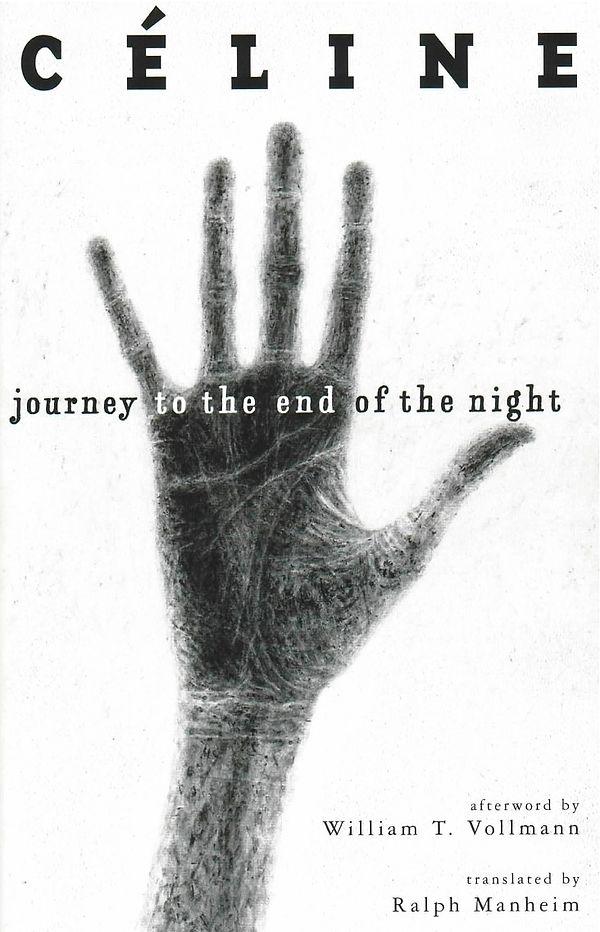
Journey to the End of the Night (Voyage au bout de la nuit, 1932) is the first novel by Louis-Ferdinand Céline. This semi-autobiographical work describes antihero Ferdinand Bardamu.
Bardamu is involved with World War I, colonial Africa, and post–World War I United States (where he works for the Ford Motor Company), returning in the second half of the work to France, where he becomes a medical doctor and establishes a practice in a poor Paris suburb, the fictional La Garenne-Rancy. The novel also satirizes the medical profession and the vocation of scientific research. The disparate elements of the work are linked together by recurrent encounters with Léon Robinson, a hapless character whose experiences parallel, to some extent, Bardamu's experiences.
2. Breakfast at Tiffany's - Truman Capote
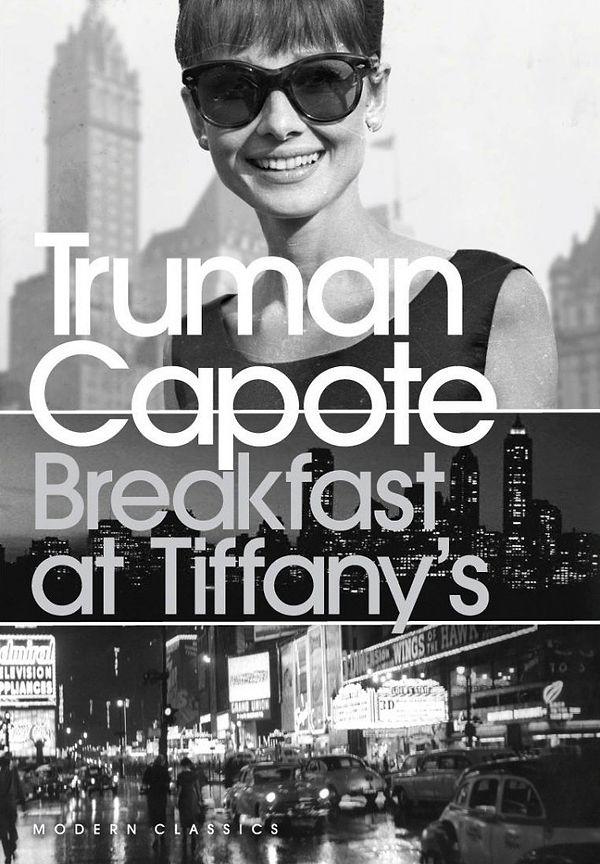
Breakfast at Tiffany's is a novella by Truman Capote published in 1958. The main character, Holly Golightly, is one of Capote's best-known creations.
In autumn 1943, the unnamed narrator becomes friends with Holly Golightly. The two are tenants in a brownstone apartment in Manhattan's Upper East Side. Holly (age 18–19) is a country girl turned New York café society girl. As such, she has no job and lives by socializing with wealthy men, who take her to clubs and restaurants, and give her money and expensive presents; she hopes to marry one of them. According to Capote, Golightly is not a prostitute but an 'American geisha.'
Holly likes to shock people with carefully selected tidbits from her personal life or her outspoken viewpoints on various topics. Over the course of a year, she slowly reveals herself to the narrator, who finds himself fascinated by her curious lifestyle.
3. Just Kids - Patti Smith
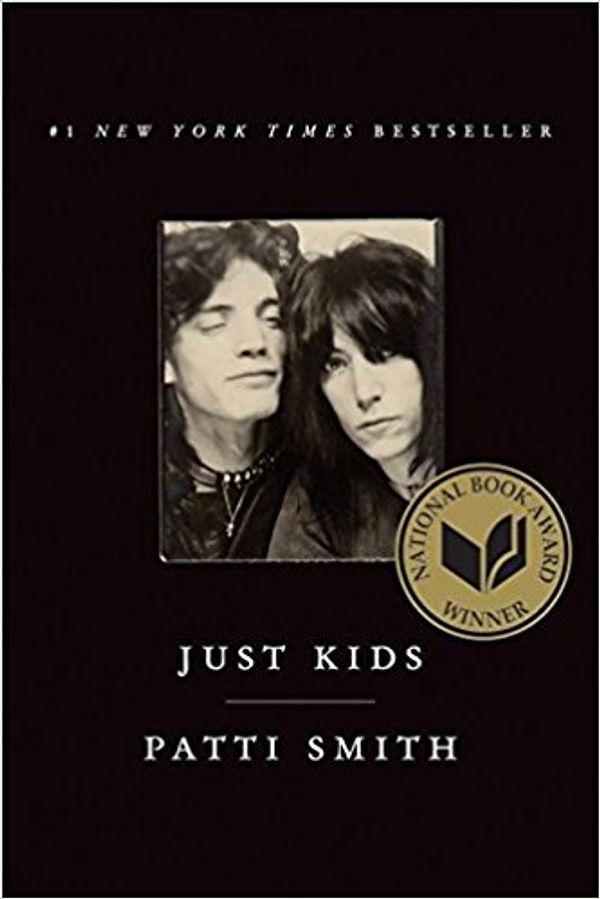
Just Kids is a memoir by Patti Smith, published on January 19, 2010. In the book, Smith documents her relationship with artist Robert Mapplethorpe.
Just Kids won the 2010 National Book Award for Nonfiction.
4. On the Road - Jack Kerouac
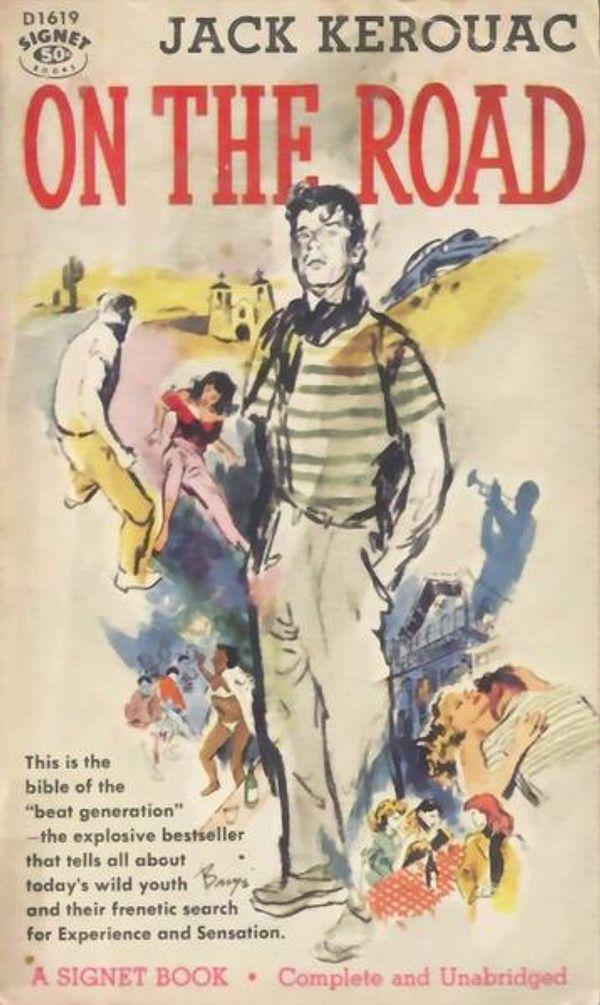
On the Road is a novel by American writer Jack Kerouac, based on the travels of Kerouac and his friends across the United States. It is considered a defining work of the postwar Beat and Counterculture generations, with its protagonists living life against a backdrop of jazz, poetry, and drug use. The novel, published in 1957, is a roman à clef, with many key figures in the Beat movement, such as William S. Burroughs (Old Bull Lee), Allen Ginsberg (Carlo Marx) and Neal Cassady (Dean Moriarty) represented by characters in the book, including Kerouac himself as the narrator Sal Paradise.
5. Naked Lunch - William Burroughs
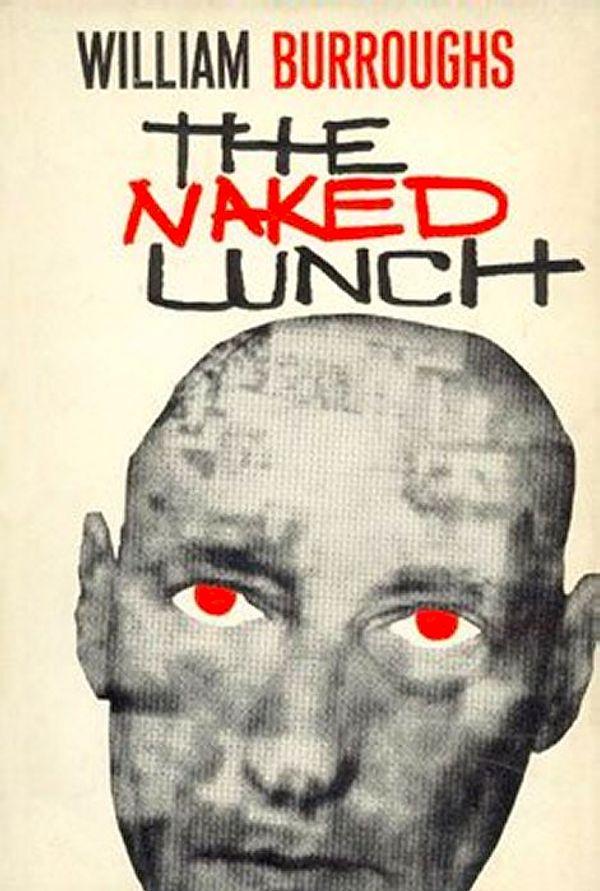
Naked Lunch is a novel by American writer William S. Burroughs, originally published in 1959. The book is structured as a series of loosely connected vignettes. Burroughs stated that the chapters are intended to be read in any order. The reader follows the narration of junkie William Lee, who takes on various aliases, from the US to Mexico, eventually to Tangier and the dreamlike Interzone.
The vignettes (which Burroughs called 'routines') are drawn from Burroughs' own experience in these places, and his addiction to drugs (heroin, morphine, and while in Tangier, majoun as well as a German opioid, brand name Eukodol, of which he wrote frequently).
The novel was included in Time magazine's '100 Best English-language Novels from 1923 to 2005'. In 1991, David Cronenberg directed a film of the same name based on the novel and other Burroughs writings.
6. Ham on Rye - Charles Bukowski
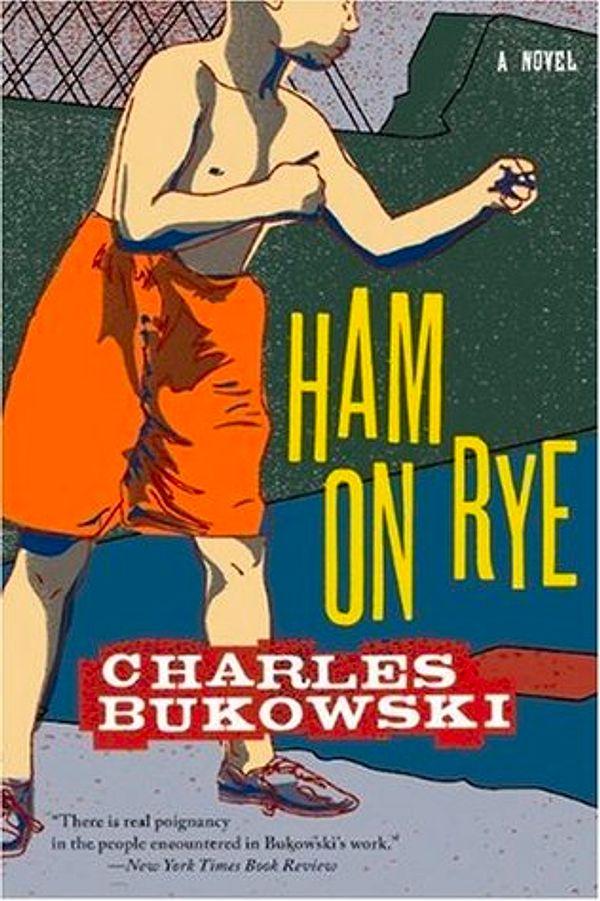
Ham on Rye is a 1982 semi-autobiographical novel by American author and poet Charles Bukowski. Written in the first person, the novel follows Henry Chinaski, Bukowski’s thinly veiled alter ego, during his early years. Written in Bukowski’s characteristically straightforward prose, the novel tells of his coming-of-age in Los Angeles during the Great Depression.
7. Murphy - Samuel Beckett
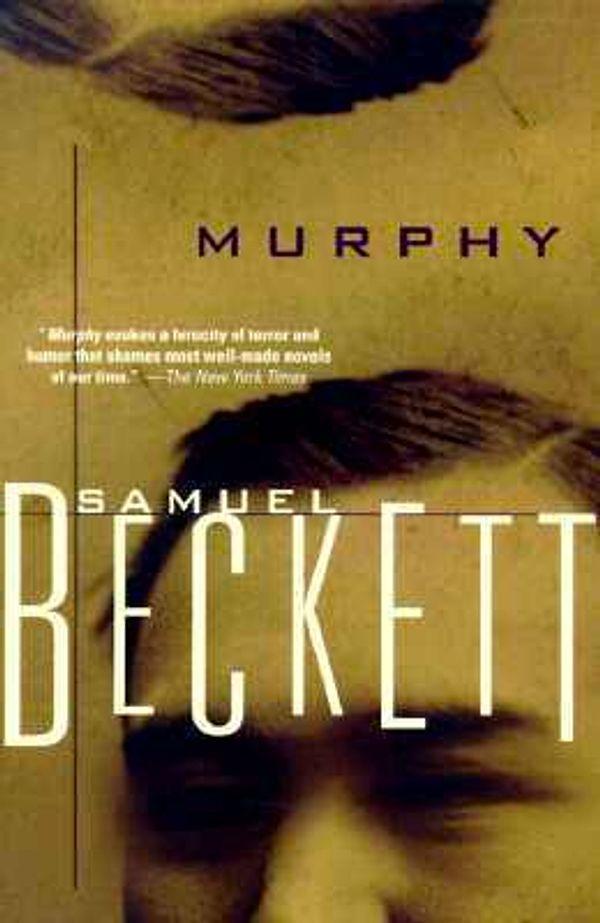
Murphy, first published in 1938, is an avant-garde novel as well as the third work of prose fiction by the Irish author and dramatist Samuel Beckett. The book was Beckett's second published prose work after the short-story collection More Pricks than Kicks (published in 1934) and his unpublished first novel Dream of Fair to Middling Women (published posthumously in 1992). It was written in English, rather than the French of much of Beckett's later writing. After many rejections, it was published by Routledge on the recommendation of Beckett's painter friend Jack Butler Yeats.
The plot of Murphy follows an eponymous 'seedy solipsist' who lives in a soon-to-be-condemned apartment in West Brompton. The novel opens with the protagonist having tied himself naked to a rocking chair in his apartment, rocking back and forth in the dark. This seems to be a habit for Murphy, who in carrying out the ritual attempts to enter a near-if-not-totally-nonexistent state of being (possibly something akin to sensory deprivation), which he finds pleasurable.
8. The Loser - Thomas Bernhard
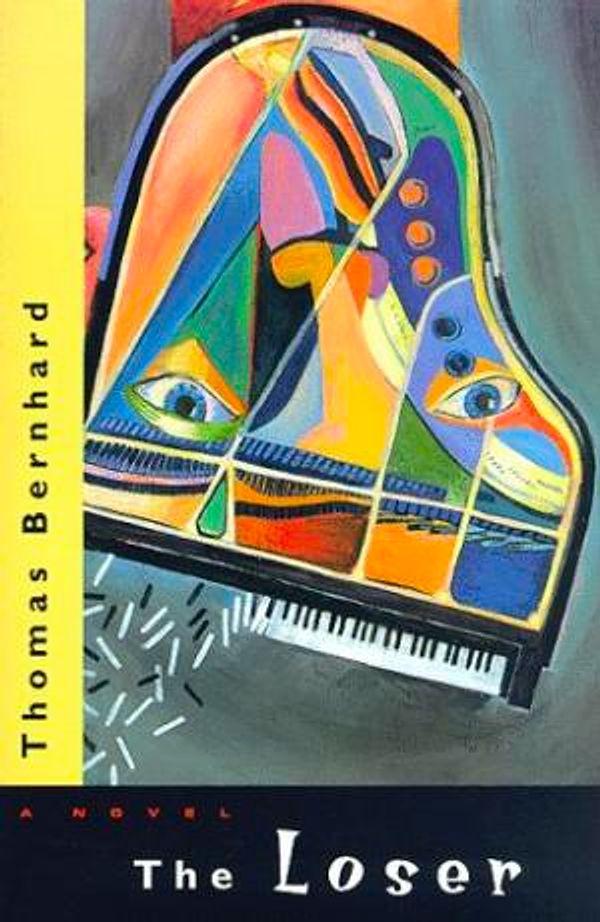
The Loser is a novel by Thomas Bernhard, originally published in German in 1983.
The novel does not take place at the time of the events recounted, but at the time its narrator recalls them. There are three main characters: the narrator (who is the only survivor), Glenn Gould, who died a natural death at fifty-one, and Wertheimer who committed suicide some time later. The novel consists almost entirely of recollections and ruminations relating to the relationships between the three.
In Mozarteum in Salzburg in 1953 the main characters met a young Canadian prodigy who played the Goldberg Variations miraculously and who, they quickly came to realize, was a greater pianist than even their teacher—indeed, 'the most important piano virtuoso of the century,' as the narrator puts it in the novel's opening sentence.
The encounter with Gould affects both characters decisively for almost three decades, as they experience an endless series of personal and intellectual travails.
9. Portnoy's Complaint - Philip Roth
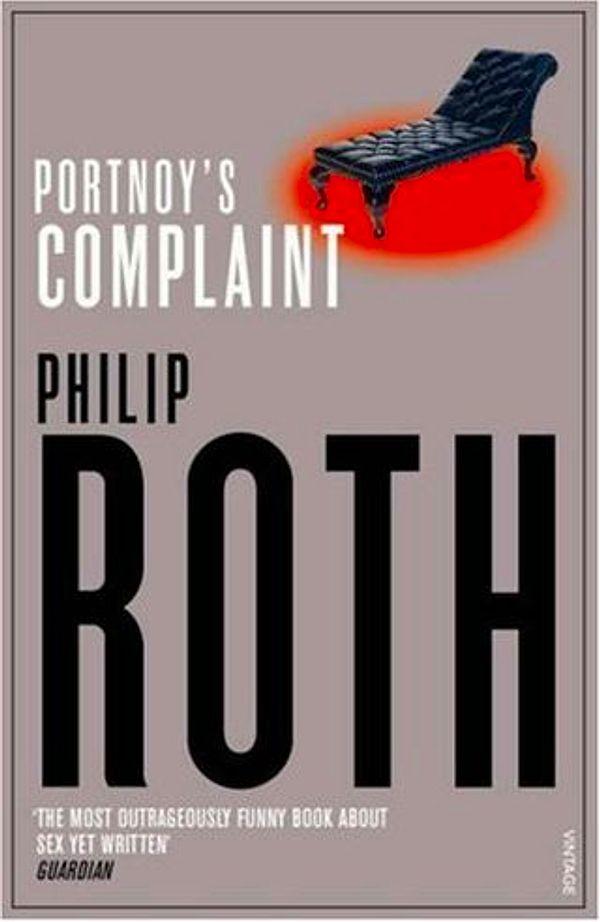
Portnoy's Complaint is a 1969 American novel that turned its author Philip Roth into a major celebrity, sparking a storm of controversy over its explicit and candid treatment of sexuality, including detailed depictions of masturbation using various props including a piece of liver. The novel tells the humorous monologue of 'a lust-ridden, mother-addicted young Jewish bachelor,' who confesses to his psychoanalyst in 'intimate, shameful detail, and coarse, abusive language.' Many of its characteristics (comedic prose; themes of sexual desire and sexual frustration; a self-conscious literariness) went on to become Roth trademarks.
In 1998, the Modern Library ranked Portnoy's Complaint 52nd on its list of the 100 best English-language novels of the 20th century. Time included this novel in its 'TIME 100 Best English-language Novels from 1923 to 2005.'
10. The Crying of Lot 49 - Thomas Pynchon
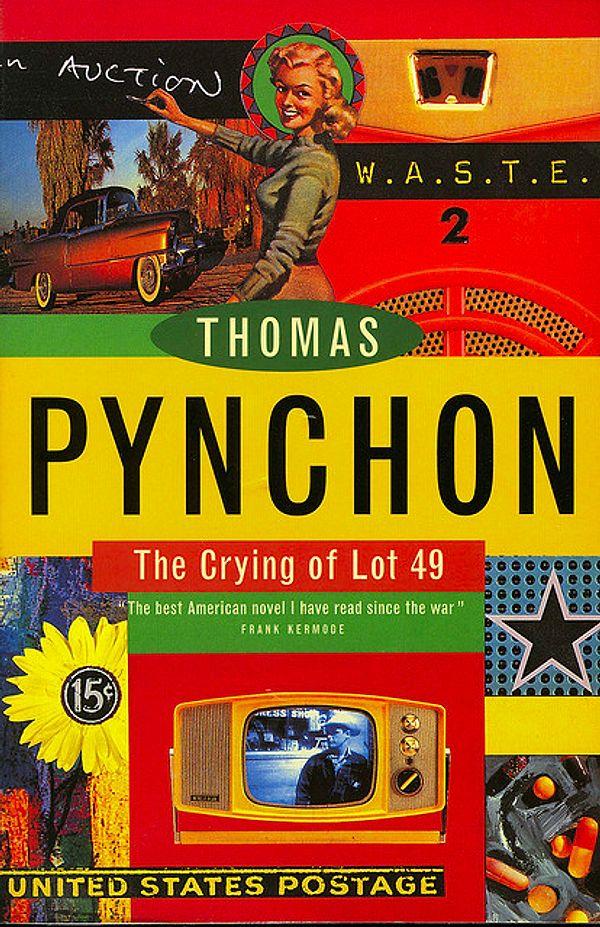
The Crying of Lot 49 is a novella by Thomas Pynchon, first published in 1965. The shortest of Pynchon's novels, it is about a woman, Oedipa Maas, possibly unearthing the centuries-old conflict between two mail distribution companies, Thurn und Taxis and the Trystero (or Tristero). The former actually existed and was the first firm to distribute postal mail; the latter is Pynchon's invention. The novel is often classified as a notable example of postmodern fiction. Time included the novel in its 'TIME 100 Best English-language Novels from 1923 to 2005'
The novel follows Oedipa Maas, a California housewife who becomes entangled in a convoluted historical mystery, when her ex-lover dies having named her as the co-executor of his estate.
11. Midnight's Children - Salman Rushdie
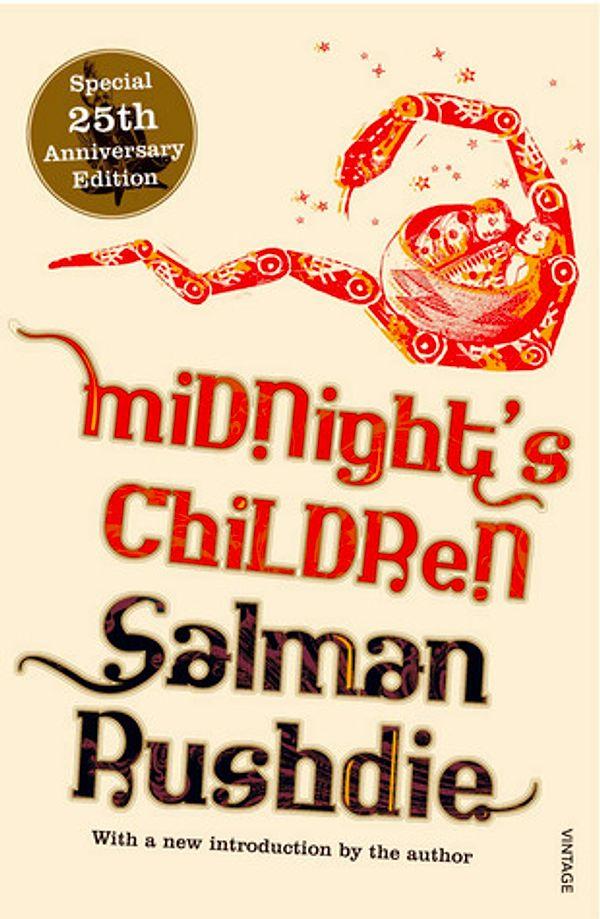
Midnight's Children is a 1981 novel by Salman Rushdie that deals with India's transition from British colonialism to independence and the partition of British India. It is considered an example of postcolonial literature and magical realism. The story is told by its chief protagonist, Saleem Sinai, and is set in the context of actual historical events as with historical fiction. But, his style of preserving the history with fictional accounts was Self-reflexive which he himself explained with a term Chutnification. The frequent Intertextuality between his story-line and Bollywood films also gives it a flavor of a Pastiche. Therefore, this novel is also an example of Postmodern literature.
Midnight's Children won both the Booker Prize and the James Tait Black Memorial Prize in 1981. It was awarded the 'Booker of Bookers' Prize and the best all-time prize winners in 1993 and 2008 to celebrate the Booker Prize 25th and 40th anniversary. In 2003, the novel was listed on the BBC's survey The Big Read. It was also added to the list of Great Books of the 20th Century, published by Penguin Books.
12. Franny and Zooey - J. D. Salinger
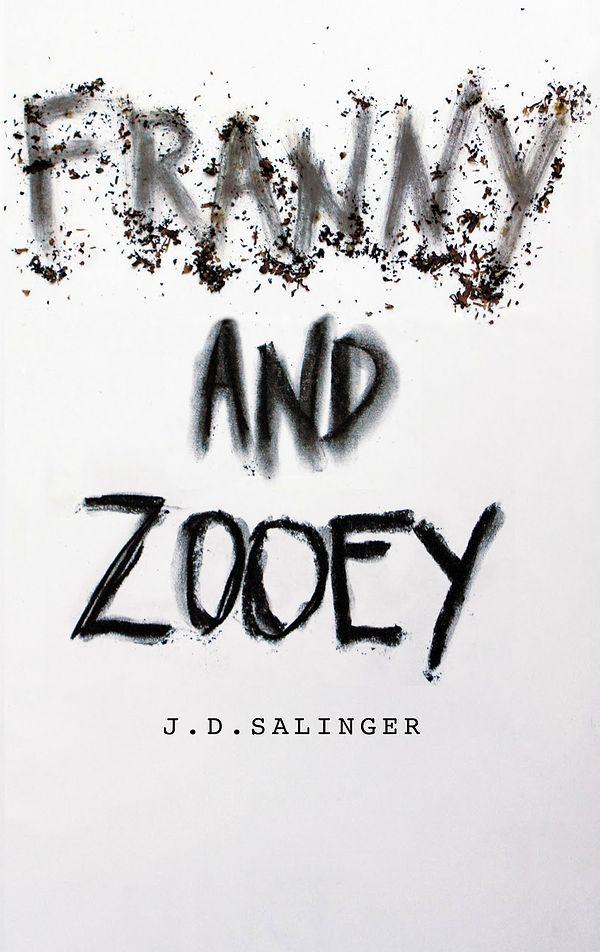
Franny and Zooey is a book by American author J. D. Salinger which comprises his short story 'Franny' and novella Zooey. The two works were published together as a book in 1961, having originally appeared in The New Yorker in 1955 and 1957 respectively. The book focuses on siblings Franny and Zooey, the two youngest members of the Glass family, which was a frequent focus of Salinger's writings.
'Franny' takes place in an unnamed college town during undergraduate Franny's weekend visit to her boyfriend Lane, telling of her disenchantment with the selfishness and inauthenticity she perceives all around her.
Zooey is set shortly after 'Franny' in the Glass family apartment. While actor Zooey's younger sister Franny suffers a spiritual and existential breakdown in their parents' Manhattan living room, leaving their mother Bessie deeply concerned, Zooey comes to Franny's aid, offering what he thinks is brotherly love, understanding, and words of sage advice.
13. Slaughterhouse-Five - Kurt Vonnegut
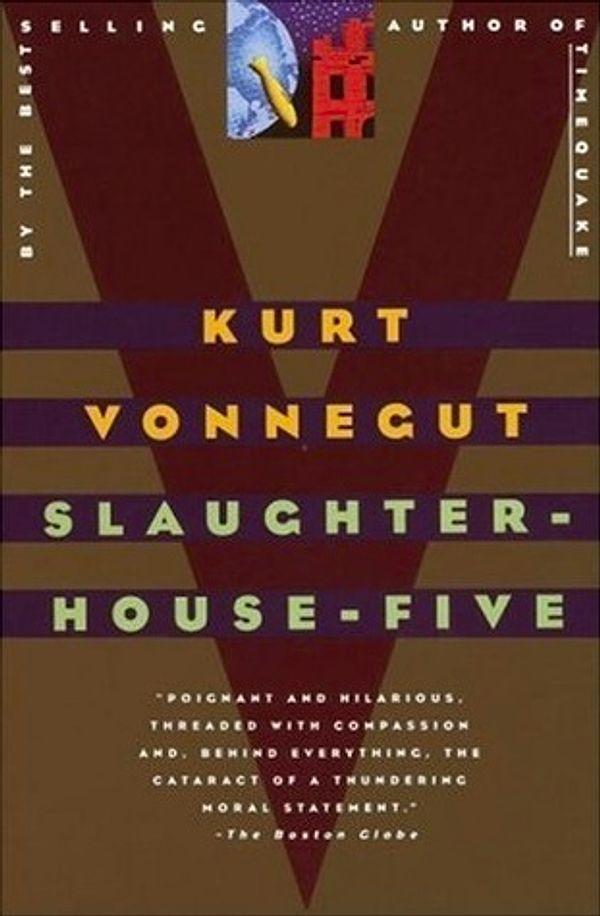
Slaughterhouse-Five, or The Children's Crusade: A Duty-Dance with Death (1969) is a satirical novel by Kurt Vonnegut about World War II experiences and journeys through time of Billy Pilgrim, from his time as an American soldier and chaplain's assistant, to postwar and early years. It is generally recognized as Vonnegut's most influential and popular work. A central event is Pilgrim's surviving the Allies' firebombing of Dresden as a prisoner-of-war. This was an event in Vonnegut's own life, and the novel is considered semi autobiographical.
14. Catch-22 - Joseph Heller
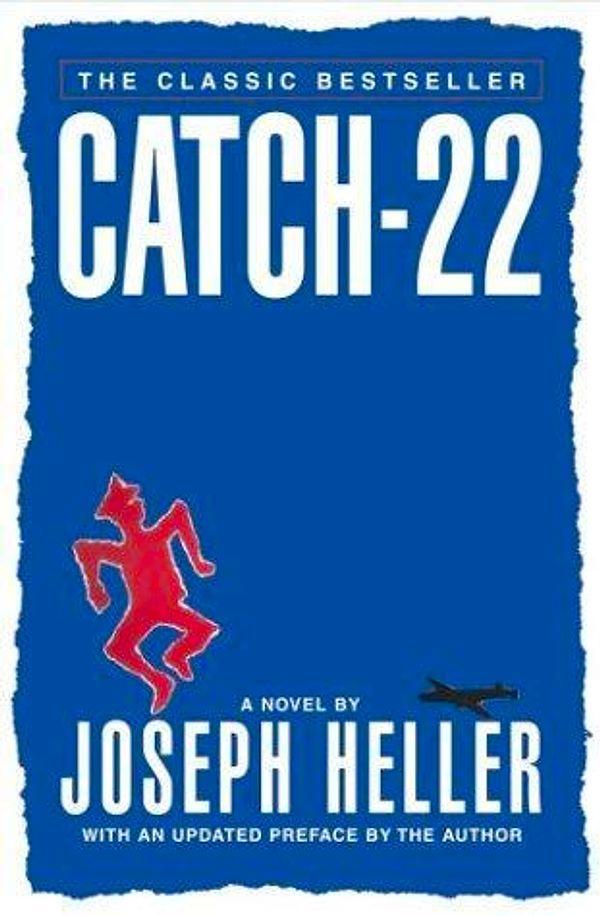
Catch-22 is a satirical novel by American author Joseph Heller. He began writing it in 1953; the novel was first published in 1961. It is frequently cited as one of the greatest literary works of the twentieth century. It uses a distinctive non-chronological third-person omniscient narration, describing events from the points of view of different characters. The separate storylines are out of sequence so the timeline develops along with the plot.
The novel is set during World War II, from 1942 to 1944. It mainly follows the life of Captain John Yossarian, a U.S. Army Air Forces B-25 bombardier. Most of the events in the book occur while the fictional 256th Squadron is based on the island of Pianosa, in the Mediterranean Sea, west of Italy. The novel looks into the experiences of Yossarian and the other airmen in the camp, who attempt to maintain their sanity while fulfilling their service requirements so that they may return home.
15. The Bell Jar - Slyvia Plath
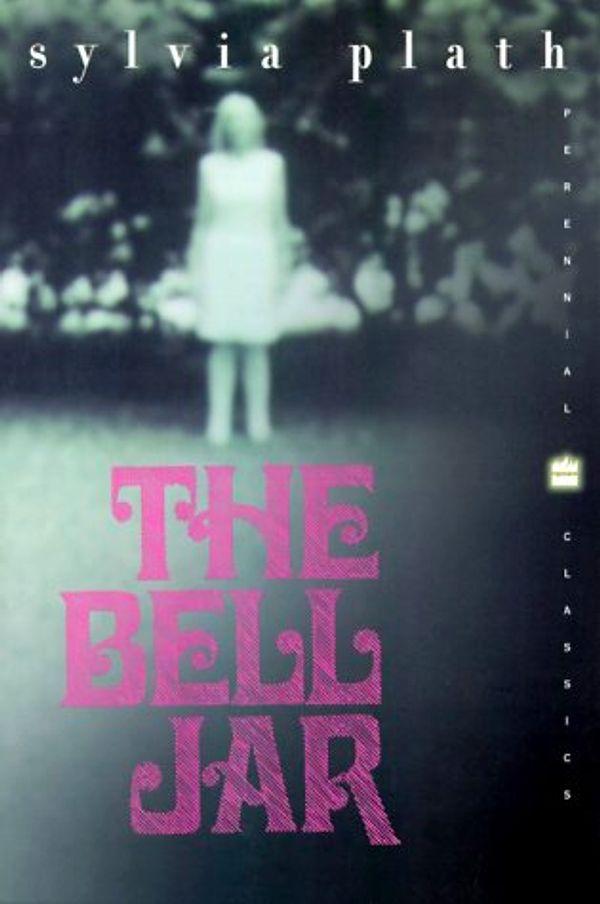
The Bell Jar is the only novel written by the American writer and poet Sylvia Plath. Originally published under the pseudonym 'Victoria Lucas' in 1963, the novel is semi-autobiographical, with the names of places and people changed. The book is often regarded as a roman à clef since the protagonist's descent into mental illness parallels Plath's own experiences with what may have been clinical depression. Plath died by suicide a month after its first UK publication. The novel was published under Plath's name for the first time in 1967 and was not published in the United States until 1971, in accordance with the wishes of both Plath's husband, Ted Hughes, and her mother.
16. The Fall - Albert Camus
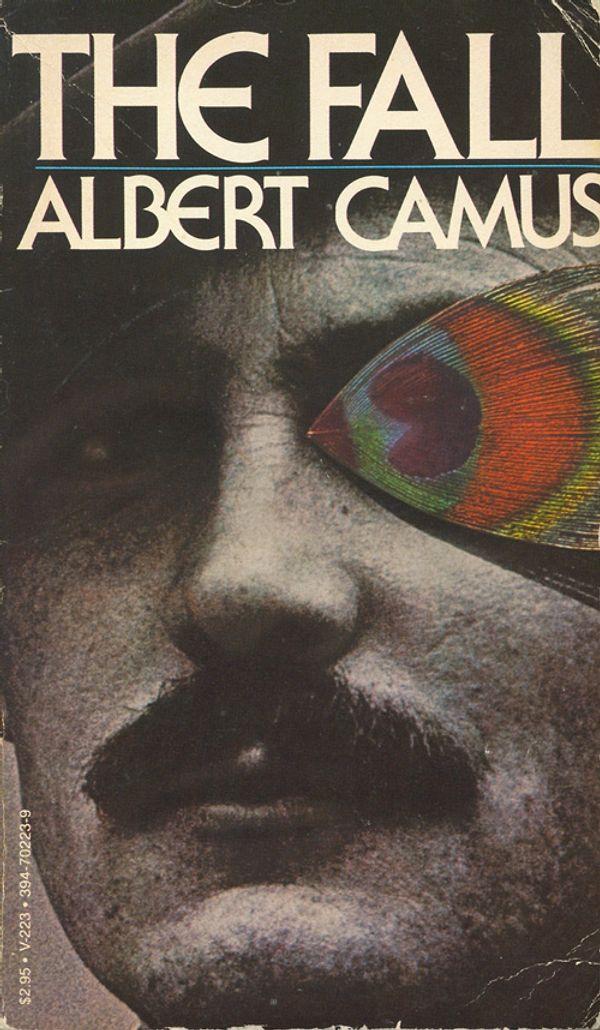
The Fall is a philosophical novel by Albert Camus. First published in 1956, it is his last complete work of fiction. Set in Amsterdam, The Fall consists of a series of dramatic monologues by the self-proclaimed 'judge-penitent' Jean-Baptiste Clamence, as he reflects upon his life to a stranger. In what amounts to a confession, Clamence tells of his success as a wealthy Parisian defense lawyer who was highly respected by his colleagues; his crisis, and his ultimate 'fall' from grace, was meant to invoke, in secular terms, The Fall of Man in the Garden of Eden. The Fall explores themes of innocence, imprisonment, non-existence, and truth. In a eulogy to Albert Camus, existentialist philosopher Jean-Paul Sartre described the novel as 'perhaps the most beautiful and the least understood' of Camus' books.
17. The Age of Reason - Jean-Paul Sartre
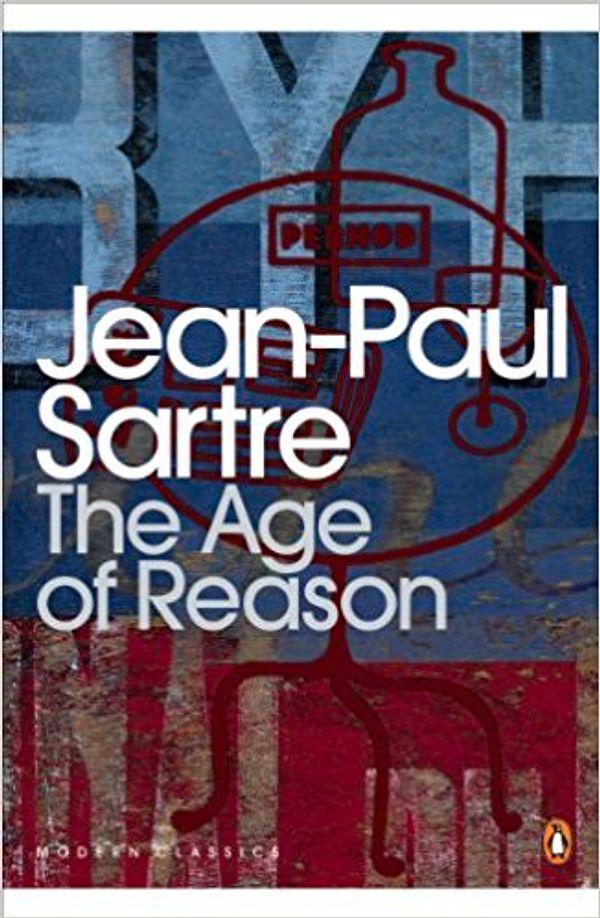
The Age of Reason is a 1945 novel by Jean-Paul Sartre. It is the first part of the trilogy The Roads to Freedom. The novel, set in the bohemian Paris of the late 1930s, focuses on three days in the life of a philosophy teacher named Mathieu who is seeking money to pay for an abortion for his mistress, Marcelle. Sartre analyses the motives of various characters and their actions and takes into account the perceptions of others to give the reader a comprehensive picture of the main character.
The Age of Reason is concerned with Sartre's conception of freedom as the ultimate aim of human existence. This work seeks to illustrate the existentialist notion of ultimate freedom through presenting a detailed account of the characters' psychologies as they are forced to make significant decisions in their lives. As the novel progresses, character narratives espouse Sartre's view of what it means to be free and how one operates within the framework of society with this philosophy. This novel is a fictional reprise of some of the main themes in his major philosophical study Being and Nothingness. One of the notions is that ultimately a person's freedom is unassailable as it is fundamentally part of the nothingness that is the imagination and so cannot be taken away or destroyed.
18. White Teeth - Zadie Smith
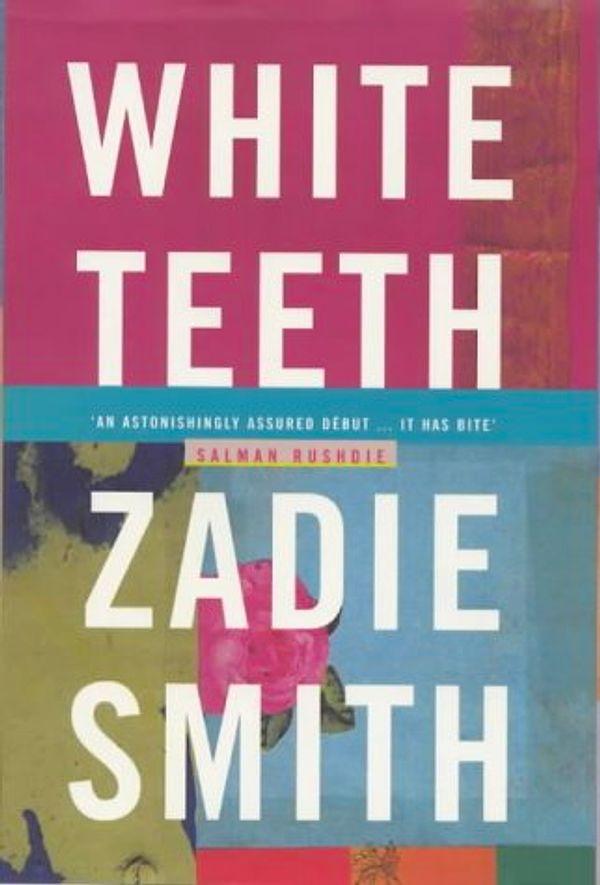
White Teeth is a 2000 novel that focuses on the later lives of two wartime friends—the Bangladeshi Samad Iqbal and the Englishman Archie Jones—and their families in London. The novel is centred around Britain's relationships with people from formerly colonised countries in Africa, Asia, and the Caribbean.
The book won multiple honours, including the 2000 James Tait Black Memorial Prize for fiction, the 2000 Whitbread Book Award in category best first novel, the Guardian First Book Award, the Commonwealth Writers First Book Prize, and the Betty Trask Award. Time magazine included the novel in its TIME 100 Best English-language Novels from 1923 to 2005.
19. 2666 - Robert Bolano
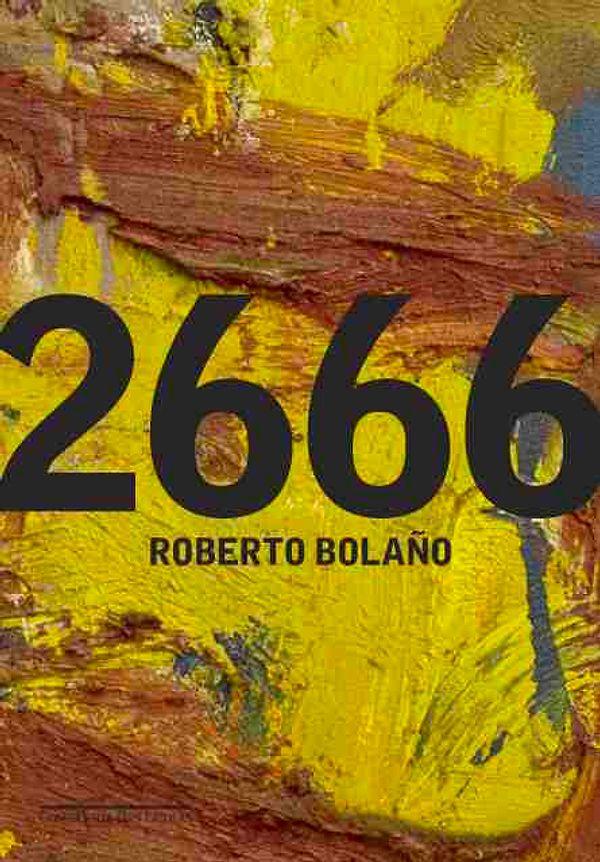
2666 is the last novel by Roberto Bolaño. It was released in 2004, a year after Bolaño's death. Its themes are manifold, and it circulates around an elusive German author and the unsolved and ongoing murders of women in Santa Teresa, a violent city inspired by Ciudad Juárez and its epidemic of female homicides. In addition to Santa Teresa, settings and themes include the Eastern Front in World War II, the academic world, mental illness, journalism, and the breakdown of relationships and careers. 2666 explores 20th-century degeneration through a wide array of characters, locations, time periods, and stories within stories.
Keşfet ile ziyaret ettiğin tüm kategorileri tek akışta gör!

Send Comment